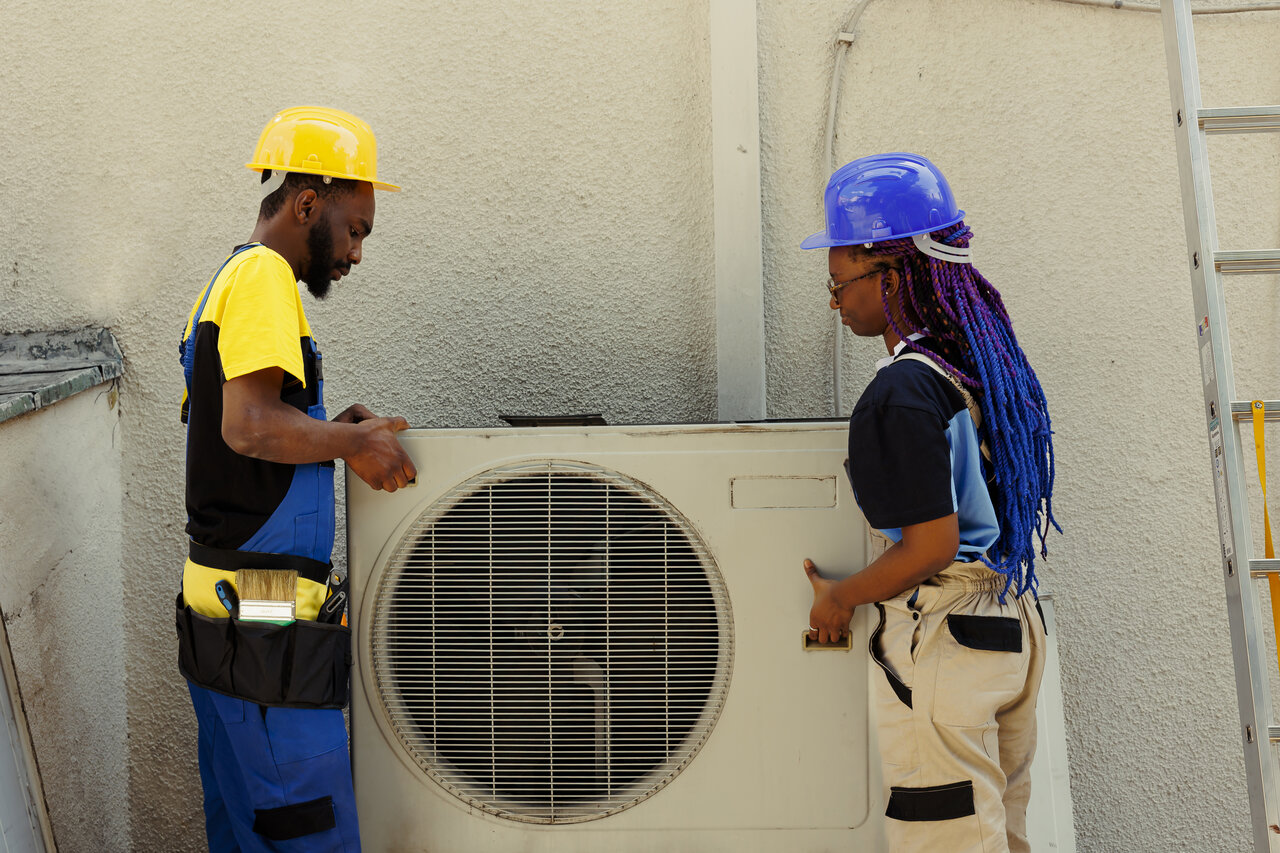Asthma, a chronic respiratory condition characterized by inflammation in the airways, is often triggered by various environmental factors. Indoor air quality is one key element influencing the severity and frequency of asthma attacks.
Understanding this connection can empower individuals to take proactive steps to improve indoor air quality, potentially reducing asthma symptoms and improving overall respiratory health.
To that end, this comprehensive exploration from Lifetime’z Air will address key pollutants, their sources, and the potential measures to mitigate their effects, thus equipping you with the knowledge needed to make informed decisions about your indoor environment.
Common Indoor Air Pollutants That Affect Asthma
Asthma is a chronic respiratory condition that can be triggered or exacerbated by exposure to various indoor air pollutants. Some of the most common indoor air contaminants associated with asthma symptoms include:
- Dust Mites: These microscopic creatures thrive in carpets, upholstered furniture, and bedding. Their droppings and body fragments can become airborne and cause allergic reactions or asthma attacks in sensitive individuals.
- Pet Dander: Tiny particles of skin shed by animals, along with their hair and saliva, can also induce asthma symptoms in susceptible individuals.
- Pollen: Plants, trees, and grasses release pollen into the air, which can then enter homes through open windows, doors, and HVAC systems. Exposure to pollen can trigger asthma flare-ups in allergic individuals.
- Mold: High humidity levels and damp environments encourage mold growth, releasing spores into the air. Inhalation of mold spores may provoke asthma symptoms or lead to respiratory infections in vulnerable individuals.
- Tobacco Smoke: Secondhand tobacco smoke is a known asthma trigger and can significantly impair lung function in affected individuals.
- Volatile Organic Compounds (VOCs): These chemicals, emitted by various household products, can irritate the respiratory system and exacerbate asthma in some people.
The Role of HVAC Systems in Improving Indoor Air Quality
Well-maintained heating, ventilation, and air conditioning (HVAC) systems ensure better indoor air quality and reduce exposure to asthma-triggering pollutants. Here’s how an efficient HVAC system can benefit individuals with asthma:
- Filtration: High-quality air filters in HVAC systems help remove airborne particles such as dust, pollen, pet dander, and mold spores, effectively reducing asthma triggers.
- Humidity Control: Properly functioning HVAC systems can regulate indoor humidity levels, preventing mold growth and keeping the air inside your home comfortable for breathing.
- Ventilation: Adequate air exchange between the indoor and outdoor environments helps remove stale air and contaminants while introducing fresh air into your home, contributing to healthier IAQ.
- Air Purification: Air purifiers integrated with HVAC systems can further enhance indoor air quality by removing pollutants and allergens that may trigger asthma symptoms.
Tips to Improve Indoor Air Quality and Manage Asthma at Home
Taking proactive steps to improve indoor air quality and keep asthma under control is essential for affected individuals and their families. Here are some practical tips to enhance IAQ and manage asthma symptoms:
- Regularly Change HVAC Filters: Replacing air filters at least every three months, or more frequently during high pollen or mold seasons, helps ensure optimal air quality by preventing pollutants’ circulation in your home.
- Maintain Proper Humidity Levels: Keep indoor humidity levels between 30-50% to discourage mold growth. Use dehumidifiers in damp areas and ensure adequate ventilation in bathrooms, kitchens, and laundry rooms.
- Vacuum and Dust Regularly: Minimize dust and pet dander accumulation by vacuuming floors, carpets, upholstery, and curtains frequently. Use a vacuum cleaner with a HEPA filter and microfiber cloth for effective dust removal.
- Eliminate Tobacco Smoke: Ensure a smoke-free home by asking smokers to smoke outdoors and away from windows and doors.
- Choose Low-VOC Products: Opt for low-VOC paints, cleaning products, and furnishings to minimize exposure to harmful chemicals.
- Keep Pollen Out: Keep windows and doors closed during peak pollen seasons, and install window screens to reduce pollen infiltration and other outdoor allergens.
- Inspect and Clean Air Ducts: Regular air duct inspection and cleaning can help prevent the accumulation of dust, mold, and other allergens inside your HVAC system, promoting improved IAQ.
Seeking Professional Assistance for IAQ Management
Implementing the above measures can go a long way in ensuring a healthy indoor environment for individuals with asthma. However, consulting with Lifetime’z Air’s HVAC maintenance and IAQ management professionals will provide additional resources and guidance tailored to your specific needs. Here’s how we can help:
- IAQ Assessment: Our experienced technicians can perform an in-depth indoor air quality assessment to identify any issues and recommend corrective actions.
- HVAC Maintenance and Repairs: Regular HVAC maintenance, performed by skilled professionals from Lifetime’z Air, ensures efficient performance and reduced exposure to asthma-triggering pollutants. We can promptly address any necessary repairs to keep your system running optimally.
- Air Purifier Installation: We can recommend and install suitable air purifiers to enhance your home’s IAQ by eliminating pollutants and allergens.
- Customized Solutions: Based on your unique requirements, our team can suggest tailored solutions to improve your indoor air quality and reduce asthma symptoms effectively.
By understanding the connection between indoor air quality and asthma, you can take the necessary steps to create a healthier living environment for yourself and your family. Prioritizing the maintenance and optimization of your HVAC system and adopting proactive IAQ management measures will help alleviate asthma symptoms and promote overall respiratory well-being.
Breathe Easy with Lifetime’z Air’s Expertise
While the relationship between indoor air quality and asthma is complex and multifaceted, it’s clear that improving the air we breathe indoors is essential to managing and preventing asthma. So, it’s vital to ensure that our indoor environments are as clean and healthy as possible, not just for those with asthma but for everyone.
If you’re looking for indoor air quality services in Carrollton, TX, don’t hesitate to contact Lifetime’z Air. Schedule an appointment with our experienced technicians today, and let us help you breathe easy in a cleaner, healthier home!




